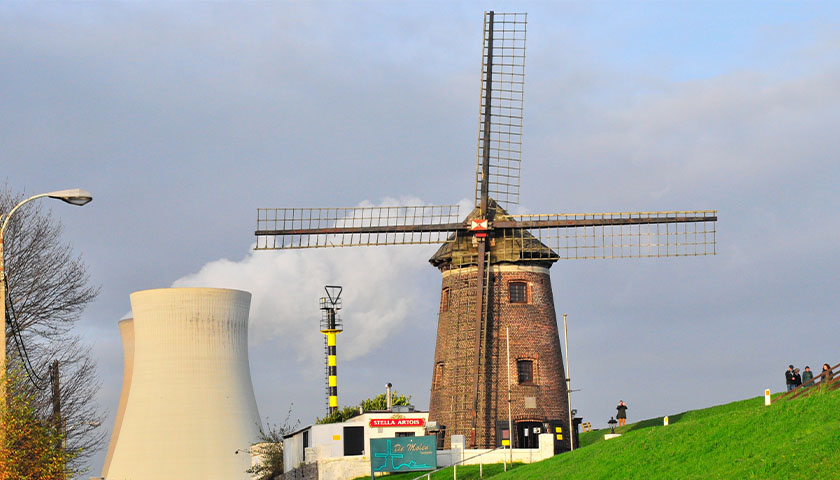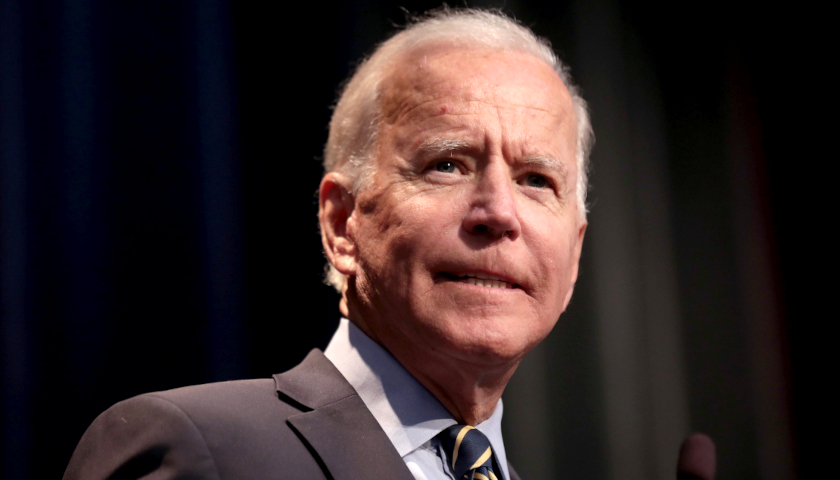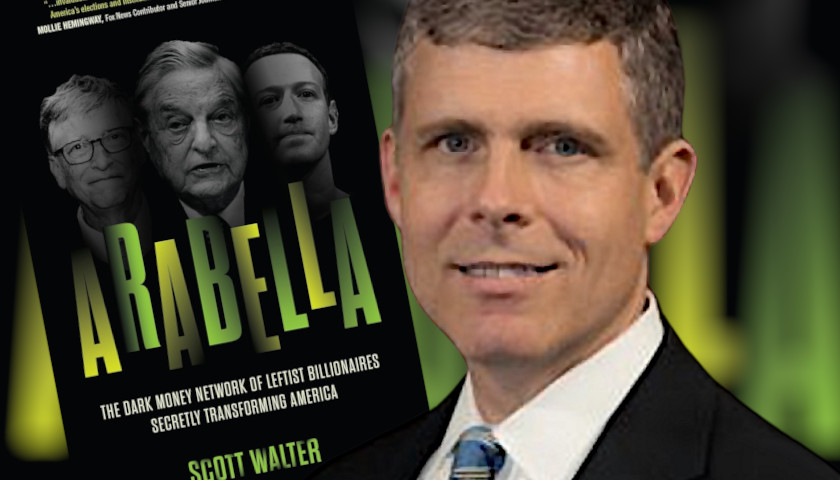by Ross Pomeroy
Recent news in the energy world has not been encouraging. Prices are rising rapidly due to a supply crunch coupled with blistering, post-pandemic demand. Renewables like wind and solar are faltering in an unprepared electrical grid. Coal burning is set to spike to make up for energy supply shortfalls at a time when the world needs to aggressively decarbonize.
Some of this hardship might have been avoided if, over the past couple of decades, policy makers had the guts to support the safest, most reliable form of energy, which also happens to be carbon-free: nuclear. Instead, Germany is taking its nuclear fleet offline and replacing it with fossil fuels, as the country’s already exorbitant electricity prices soar. California is shutting down its last nuclear plant, further imperiling its notoriously fragile grid. All the while, Americans remain divided on nuclear power.
Again, the data is clear: despite nuclear’s damaged reputation, clouded by a few high-profile accidents, nuclear power kills fewer people per electricity produced than any other energy source. It is also the most reliable. Nuclear’s capacity factor, a measure of how often a power plant is producing energy at full capacity over a certain period of time, is the highest by far – almost double that of coal and more than triple that of solar. And nuclear is clean, producing no carbon emissions. Though its radioactive waste often attracts negative press, coal plants actually create more. Moreover, all of the waste that America’s nuclear power plants have collectively produced in a half-century could fit on one football field. This is because nuclear is incredibly efficient. In the U.S., just 55 nuclear power plants produce 20% of the country’s electricity! It takes nearly 2,000 natural gas plants to produce 40 percent.
What’s holding back nuclear power in the U.S. and Europe are regulations, political will, and cost. The latest data suggests that nuclear is now the most expensive form of electricity apart from gas peaking plants used to provide power at times of high demand. Calculating the cost of nuclear energy is complex, but the vast majority of it is wrapped up in initial construction. Operating costs, including uranium fuel, maintenance, decommissioning, and waste disposal, are actually quite low. This suggests that relaxing regulations, investing in nuclear research, and instituting a meager carbon tax could quickly make nuclear power more attractive to stakeholders, easing the significant up-front costs to realize monetary, health, and environmental benefits in the long run.
Governmental subsidies could also boost nuclear and pay dividends for energy consumers. The simple fact is that the federal government has been subsidizing energy production for decades. Elected officials heavily tip the scales in favor of chosen technologies. Despite a brief renaissance in the 1950s and 60s, nuclear power has been an underdog in this cash grab. According to the consulting firm Management Information Services, Inc., between 1950 and 2016, oil, natural gas, and coal received $414 billion, $140 billion, and $112 billion, respectively (in 2015 dollars). More lately, renewable energy has been the main beneficiary of the government’s benevolence, receiving more than three times as federal incentives as oil, natural gas, coal, and nuclear combined, and 27 times as much as nuclear energy, between 2011 and 2016.
These investments have quickly driven down the costs of wind and solar to the point where these sources of energy are now the cheapest in most locations. Imagine if nuclear power had received the governmental largesse of renewables? It would almost certainly be cheaper and safer than it is now, and the world might be in a much better situation in regards to energy stability and climate change.
A little over six years ago, a study in PLoS ONE reported that the world could replace fossil fuel electricity with nuclear power in just 25 years simply by building nuclear power plants as fast as Sweden did in the 1960s and 70s, cutting worldwide human carbon emissions by half in the process. The world has predictably dithered.
Now we are left in an untenable position: intermittent renewables aren’t ready to power the world without a smarter grid or significant energy storage, electricity prices are volatile, demand is rising as more of humanity escapes from poverty, and the climate is rapidly warming. Nuclear has provided a solution to this mess for decades. When are we going to realize it?
– – –
Ross Pomeroy is a contributor to RealClearScience.








